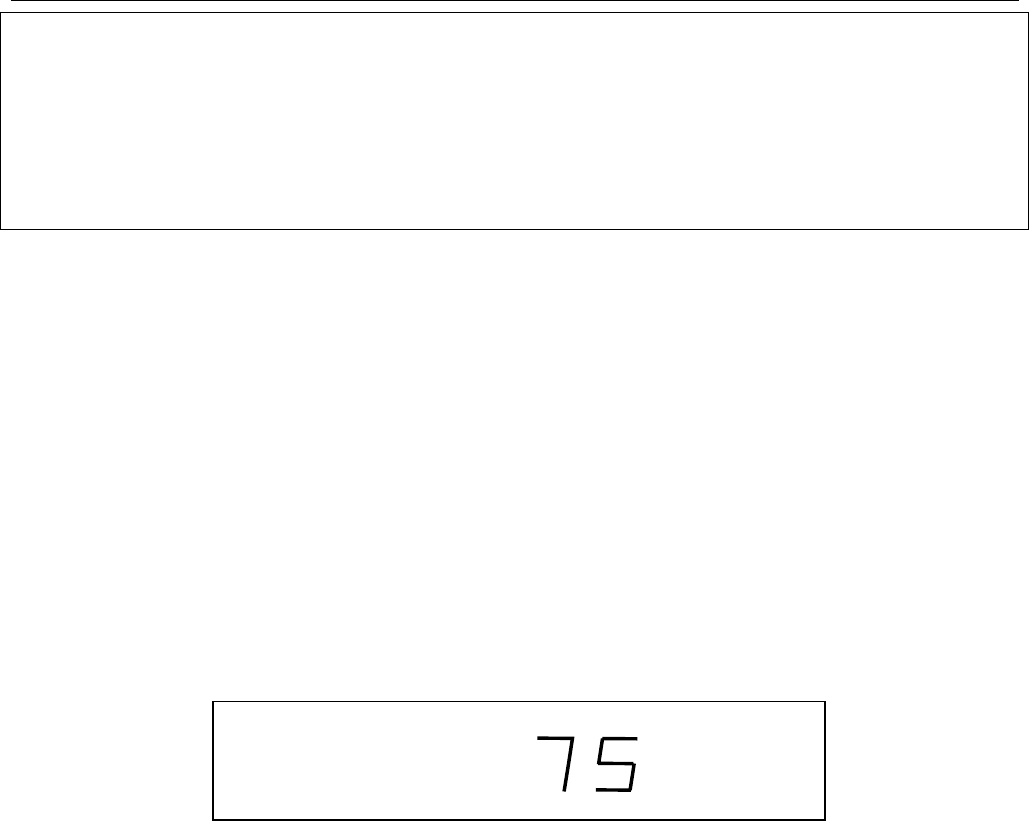
P/DD-1500 Owner's Manual 11
Notes on Automatic and Manual Operation of the P/DD-1500's Processing Modes:
• The Dolby Digital mode is automatically engaged when the P/DD-1500 is first turned on or
whenever a 5.1 Dolby Digital encoded source is playing.
• You can only change processing modes when a source connected to your P/DD-1500 is playing.
• You can only select the Pro Logic mode with a 2 channel PCM or Dolby Surround encoded source.
• The 2 Channel mode is automatically selected whenever a non-5.1 encoded source is playing.
• You can select the 2 Channel mode to downmix a 5.1 encoded source to stereo operation.
Additional Signal Processing Features
Your P/DD-1500 also includes additional features that allow you to tailor your home theater system to
your specific needs. These additional features include Dialog Normalization, Dynamic Range
Compression, and Lucasfilm Cinema Re-Equalization.
Dialog Normalization
During the recording and mastering process of music and films, sound engineers make different
recordings at reference levels that may differ by as much as 12 dB. As a result, when you switch from
one source to another, you will probably notice a substantial change in loudness. Dialog Normalization
is automatically engaged and allows you to switch between sources with different recorded levels and
still perceive the same apparent loudness. This feature makes it possible to accommodate a wide variety
of production styles without having to constantly readjust the overall system level. You can disengage
Dialog Normalization with either the remote control or on the front panel. However, this automatic
function will work only if Dialog Normalization was already programmed into the source material.
Dynamic Range Control
Dynamic range is defined as the difference between the quietest sounds to the loudest peaks of program
material. If you want to listen to your system at low levels, simply reducing volume would cause the
quietest passages to become inaudible. The Dynamic Range control allows you to hear everything at low
volume including the quietest passages. This feature is especially useful for late night listening or when
you want to play material at moderate levels without missing any of the program's content. Three
Dynamic Range control settings are displayed on the front panel when you press the dynamic range
button with either the remote control or on the front panel. When the Dynamic Range LED is off, there
is no numerical value in the display and there is no compression. When the display indicates
25%
, 3 dB
of the dynamic range is restricted. When the display indicates
50%
, 6 dB of the available compression
will be engaged. When the display indicates
75%
, 12 dB of the available compression will be engaged.
We did not provide 100% compression. When you first press the Dynamic Range button, The first
indication is the level at which it is currently set. Subsequent presses of the control button implement the
next settings.
Lucasfilm Cinema Re-Equalization
The proprietary Lucasfilm Re-Equalization circuitry corrects for the high frequency boost in most film
soundtracks for playback in theaters via loudspeakers located behind a screen. As a result, when this
material is played back on home speakers located much closer to the listening position, most
soundtracks tends to sound unnaturally bright. The Lucasfilm Re-EQ circuit compensates for this boost
by precisely attenuating, or "re-equalizing" high frequencies above 15 kHz. You can engage the Re-EQ
circuitry with the remote control on the front panel. When engaged,
R
E
-EQ
appears in the front panel
display.
LFE
C
LS
RS
L
R
%
75 % Dynamic Range Indication


















